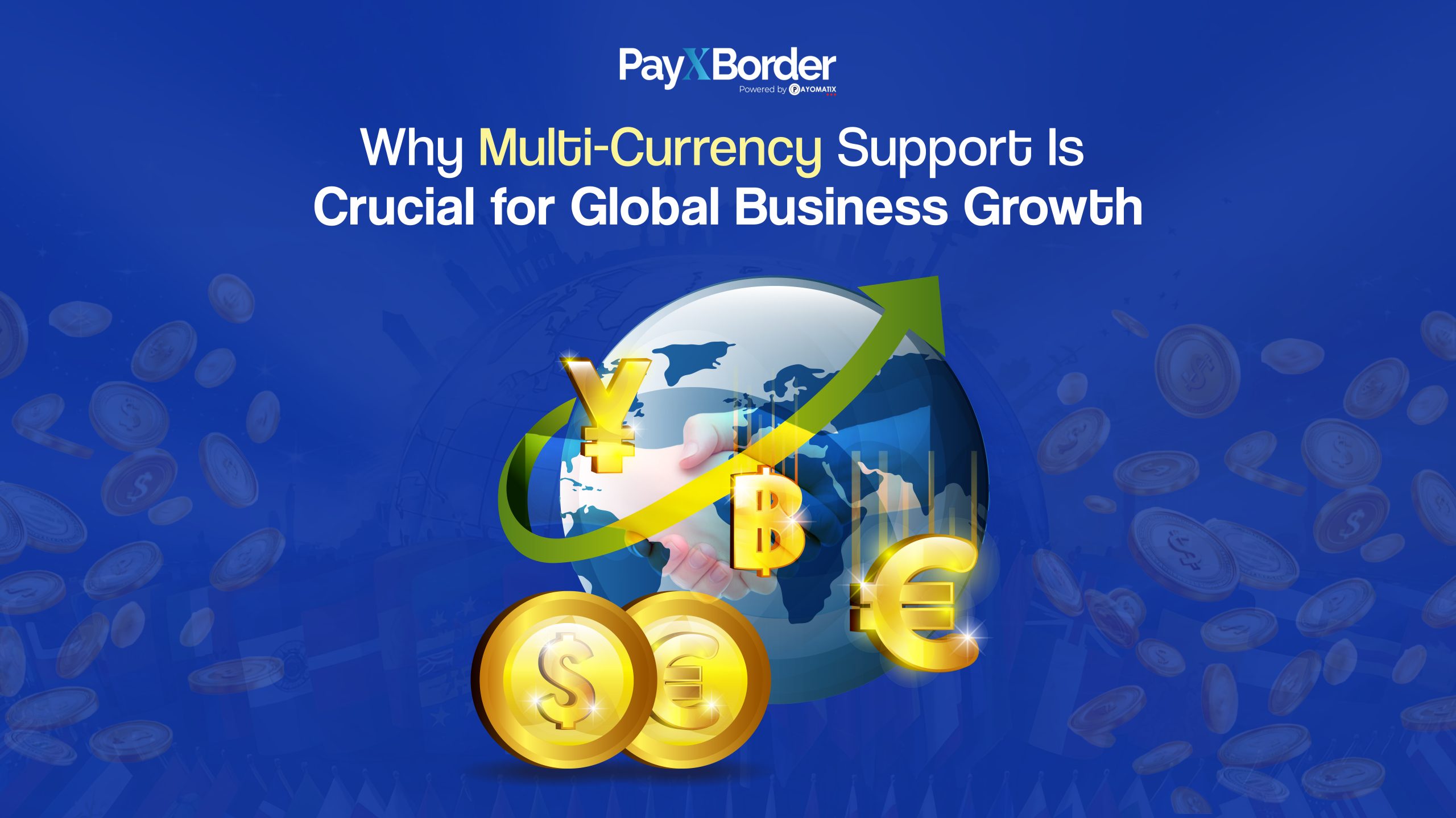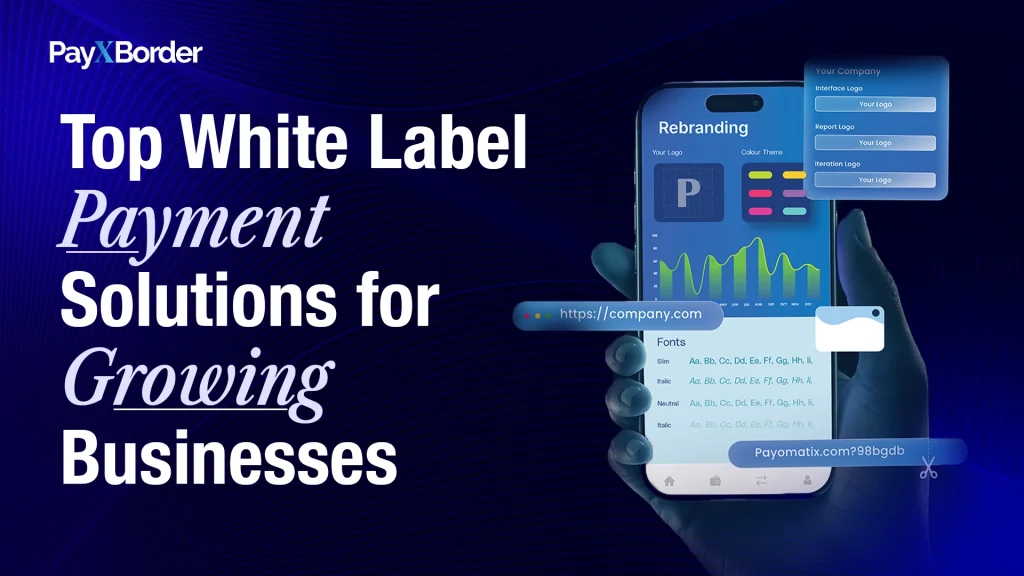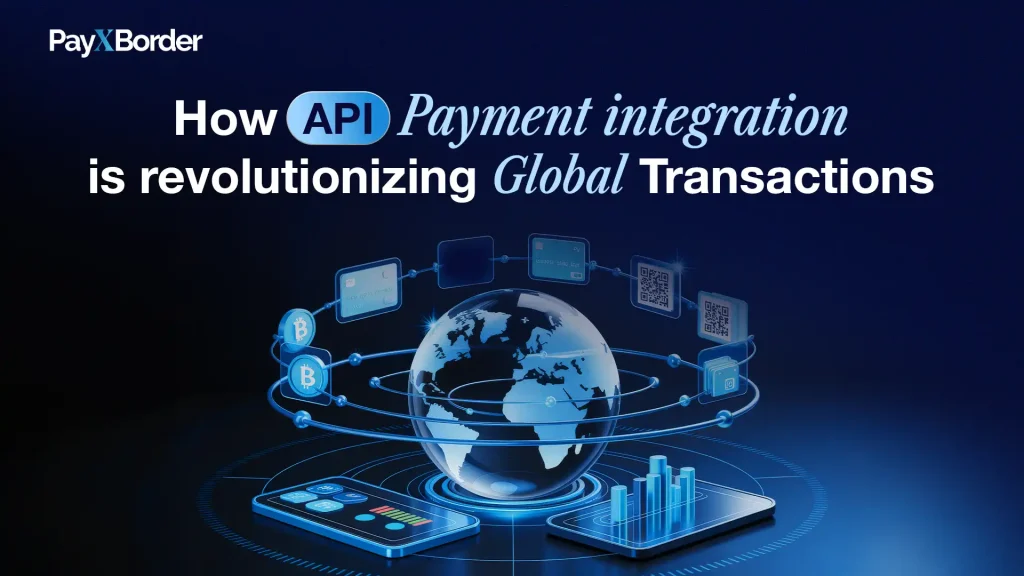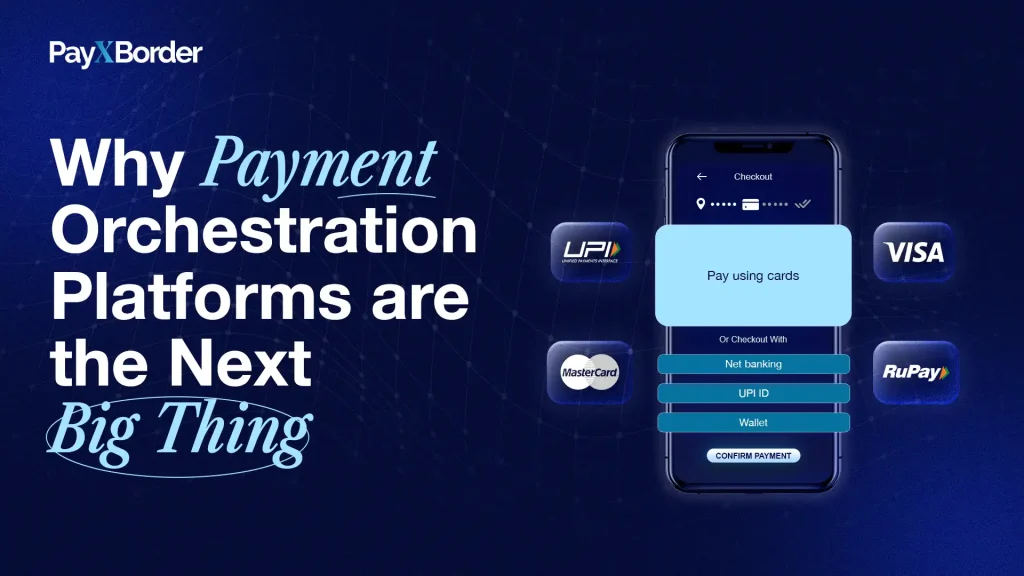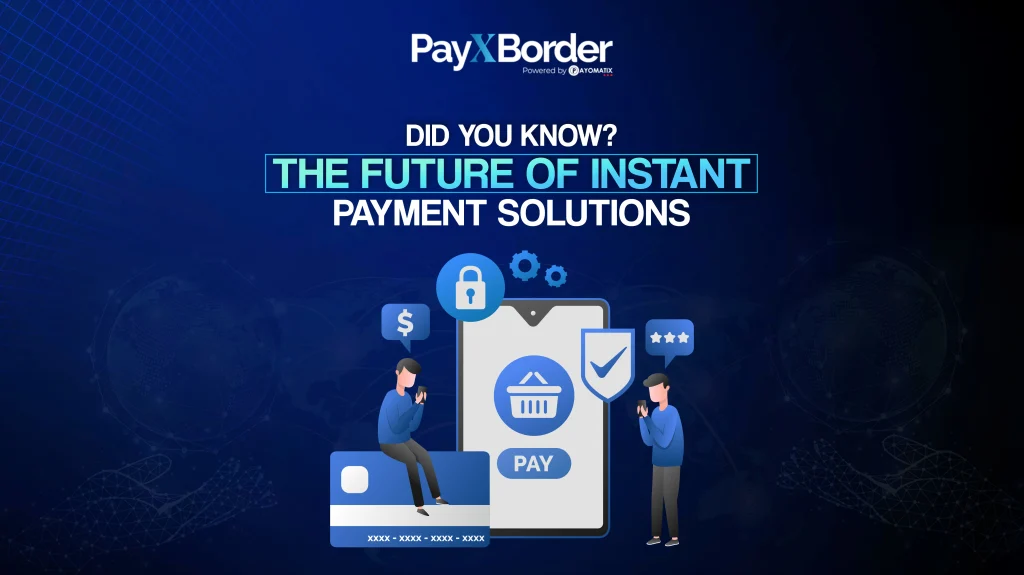In today’s interconnected world, global businesses rely on seamless cross-border payments to sustain growth, enter new markets, and compete on the international stage. At the heart of this process lies multi-currency support—a pivotal feature that allows businesses to transact in multiple currencies efficiently. Multi-currency support is no longer a luxury; it’s a necessity for any business aiming to scale globally. Let’s dive into why multi-currency support is crucial for global business growth and how it directly impacts cross-border payments, trade, and finance.
The Role of Multi-Currency Support in Cross-Border Payments
When businesses expand internationally, they are often faced with the challenge of transacting in different currencies. Multi-currency support allows businesses to send, receive, and manage payments in various currencies without the need for constant conversions or third-party interventions.
Here are key reasons why multi-currency support plays a critical role in global business growth:
- Enhanced Customer Experience
In cross-border trade, offering customers the option to pay in their local currency can significantly enhance their experience. It eliminates confusion, increases trust, and reduces cart abandonment rates for e-commerce platforms. Customers prefer to see prices and make payments in familiar currencies, ensuring they aren’t burdened with conversion rates or hidden fees. - Increased Operational Efficiency
Without multi-currency support, businesses would need to manually convert currencies, reconcile transactions across different accounts, and manage fluctuating exchange rates. This process is time-consuming and prone to errors. Multi-currency payment solutions simplify this by automatically handling these tasks, allowing businesses to focus on scaling their operations and improving productivity. - Reduced Foreign Exchange Risk
Foreign exchange (FX) fluctuations pose significant risks for businesses engaged in cross-border transactions. Multi-currency support enables businesses to lock in favorable exchange rates or hedge their exposure to currency fluctuations. This ensures that they can predict costs and revenues more accurately, minimizing the potential impact of sudden currency devaluations or shifts. - Seamless Compliance and Transparency
Global trade is regulated by numerous financial compliance frameworks, including anti-money laundering (AML) and know-your-customer (KYC) regulations. Multi-currency payment systems often come integrated with these compliance protocols, offering a transparent and secure way to manage cross-border transactions. Businesses that operate in multiple regions need to ensure they meet these regulatory requirements, and multi-currency support platforms help streamline the process.
Current Trends Shaping Multi-Currency Support in Cross-Border Payments
- E-commerce Expansion
The rise of e-commerce has driven the demand for multi-currency payment options, allowing businesses to serve customers worldwide and reduce friction at checkout. - Blockchain and Digital Currencies
Emerging blockchain technologies are providing faster, more transparent multi-currency payment solutions, offering businesses a more decentralized way to manage transactions. - Advanced Payment Gateways
Payment gateways now offer multi-currency wallets, letting businesses hold and convert currencies more easily. This innovation reduces transaction costs and delays. - Real-Time Payments (RTP)
The adoption of real-time payments is pushing businesses to offer multi-currency transactions that settle instantly, improving cash flow and transaction efficiency across borders.
Challenges of Multi-Currency Support
While multi-currency support offers numerous benefits, businesses face several challenges when integrating this feature into their operations:
- Exchange Rate Volatility
Managing exchange rate volatility remains a core challenge for businesses operating across borders. Sudden currency fluctuations can have a significant impact on profit margins, making it difficult to predict cash flow. While multi-currency support helps mitigate this, businesses still need to adopt robust FX risk management strategies, such as forward contracts or currency hedging. - High Transaction Fees
Many traditional banks and payment providers charge high fees for cross-border payments, especially when multiple currencies are involved. These fees can erode profit margins, particularly for small and medium-sized businesses (SMBs). Fortunately, fintech solutions like PayXborder are addressing this by offering lower-cost alternatives with competitive exchange rates. - Regulatory Compliance
Operating across multiple currencies means dealing with diverse regulatory frameworks in different countries. Ensuring compliance with tax regulations, anti-money laundering laws, and other financial protocols can be complex. Multi-currency payment providers must prioritize compliance to avoid penalties and ensure smooth operations for businesses.
Solutions to Overcome These Challenges
The challenges of managing multi-currency payments can be mitigated by choosing the right cross-border payment platform. A robust multi-currency solution should offer:
- Competitive Exchange Rates
Businesses can mitigate the impact of exchange rate fluctuations by partnering with payment providers that offer live FX rates and favorable exchange terms. This ensures that businesses always receive the best possible conversion rates, minimizing their exposure to FX volatility. - Automated FX Management
Platforms that offer automated currency conversion allow businesses to seamlessly convert incoming and outgoing payments without manual intervention. This saves time and ensures accuracy, helping businesses manage their multi-currency transactions efficiently. - Compliance Integration
Choosing a multi-currency solution that integrates compliance measures like AML, KYC, and GDPR ensures that businesses stay within regulatory bounds while minimizing their compliance burden.
Conclusion: The Future of Global Business with Multi-Currency Support
Multi-currency support is no longer just an operational necessity—it is a strategic advantage for businesses seeking to grow in the global marketplace. By embracing multi-currency solutions, companies can improve customer satisfaction, reduce operational complexities, and better manage financial risks. As trends like blockchain, digital currencies, and real-time payments continue to shape the industry, businesses with robust multi-currency capabilities will have a distinct edge over their competitors.
To thrive in today’s global economy, businesses need to stay informed and adapt to the evolving cross-border payment landscape. Implementing multi-currency support can be the key to unlocking new markets and driving sustainable growth.
Ready to take your global business to the next level? Contact PayXborder today to learn how we can help streamline your cross-border payments with multi-currency support.

